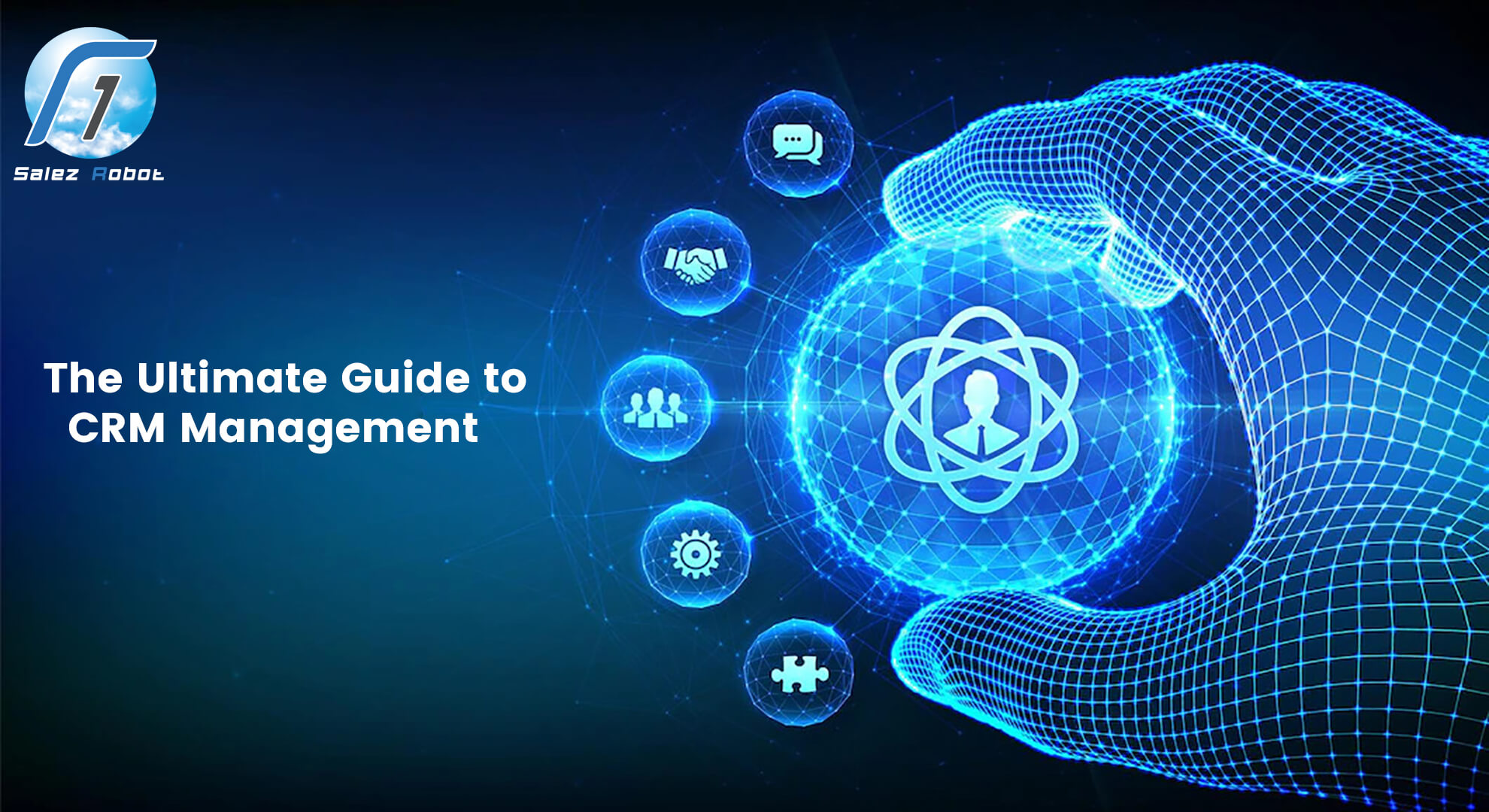Whether you're running a business that caters to consumers or businesses, maximizing the number of leads and sales you receive is in your best interest. Your team's performance should also meet or exceed your goals. If your sales staff consistently fails to close leads/deals you worked hard to acquire, and your agents keep blaming the old system, you'll be left scratching your head.
Suppose you're in the market for a solution. In that case, you'll quickly learn that your rivals are adopting customer relationship management software to streamline operations and fortify their bonds with existing clientele.
CRM Management

Your company maintains partnerships with other companies. You may have teams that do some of their work away from the main office. Having a method to monitor and organize your interactions with clients is the fundamental goal of a CRM platform.
Customers' data and interactions with your business can be tracked and stored in a CRM management system , giving you access to crucial knowledge of customers ’ preferences that can be used to deliver excitable customer service.
What are the benefits of using a CRM application?
Among the many applications of a customer relationship management system are the automation of routine tasks, streamlining of online interactions, and facilitating instantaneous decisions by teams. This article will discuss the advantages of implementing an (RSoft)CRM .
Boost efficiency by unifying data warehouses
Thanks to a customer relationship management system, your prospects and company's data, records, KPIs, papers, and notes can be found in one convenient location. It also centralizes and arranges the data so that it can be accessed quickly and used to make decisions at the moment. As a result, your team members will have more time to focus on driving sales instead of performing data entry and consolidation activities.

Establish customer interactions without switching tools

Communication occurs over the phone, in electronic mail, or on social media. A Customer Relationship Management System can organize all of this data and communication. You won't need to switch between solutions to launch drip campaigns, follow up leads, or send leads resources. This streamlines internal communications.
Find likely buyers
With today's CRMs , you may keep data on your site's visitors' actions and even reward them for their loyalty based on how they engage with your product. Knowing the difference between hot and cold leads can help you focus your efforts on the ones most likely to become paying customers. All of your marketing efforts can benefit from this data.
Follow pipeline deals
If you want to hit your sales goals and quotas, keep tabs on how your leads progress from one step to the next in your pipeline. Because a customer relationship management system records all of your interactions with customers, you can monitor the progress of your leads and customers from the time they first contact you until they make a purchase. Knowing this lets, you pinpoint the exact point at which leads enter or exit your pipeline. Effective patterns can be identified and used to guide future company decisions.
Automation can boost productivity
Employees' time might be easily sucked up by mundane chores like data collection and sending out drip email campaigns to subscribers. These fundamental duties can be simplified with the assistance of a CRM, which automatically gathers customer data, sorts that data, updates, and integrates information. This will allow your sales team to devote more time to closing deals and cultivating new clientele.

Track sales numbers and make adjustments
All the information you need to analyze your leads and clients is readily available in the dashboards or reports of modern CRM Software. Your staff can use this information to monitor their progress toward objectives and sales quotas and assess the team's overall effectiveness. Find out where and why leads are dropping out of your sales pipeline, then plug the holes you find.
Avoid manual duplicating

Customer information needs to be kept up to date as customers' priorities shift; therefore, keeping track of calls, meetings, interactions, and emails is essential. All of this is taken care of mechanically by a customer relationship management system whenever an employee interacts with a client. In any case, a customer relationship management system is so wise that it will prevent any duplicate records from being added to the database.
Overcoming Obstacles in CRM Management
Using a customer relationship management system is useful. They have the potential to boost employees ’ productivity, help you follow the appropriate leads, and strengthen internal communication. CRMs, despite their improvements, still have their drawbacks.

collaborative purposes. This is wonderful and will make your work easier, but it also confuses the interface, and learning your way around the various functions can take some time.
Conclusion
Small business owners and sales managers can use a Customer Relationship Management(CRM) tool to grow their company in this era of increasing digital customer interaction, remote work, and hybrid workplaces. In today's dynamic business climate, a customer relationship management tool is essential for ensuring secure, efficient, and adaptable teamwork and customer communication.
If you want to simplify your company's procedures, try using the RSoft CRM management tool when everyone on your team can work quickly and effectively.


